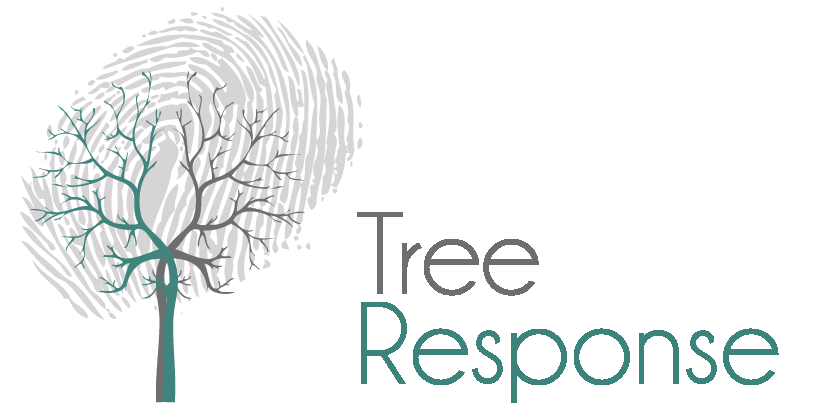Tree Pruning Services
At Tree Response, our team consists of qualified arborists with knowledge and experience of tree biology, health and pruning techniques. We can take care of your tree pruning and maintenance needs by providing you with advice and options on how to best manage your trees in order to maintain tree health, structure and form.
All our pruning practices adhere to the Australian Standard “AS4373 – Pruning of Amenity Trees” and are compliant with OH&S and local council regulations.
Our Tree Pruning Services
Maintenance Prune
Regular pruning is important for healthy trees to keep them in optimal condition and manage growth. Examples of maintenance pruning include providing clearance from property (gutters, roof) and power lines, uplifting to provide road visibility, removing dead/diseased branches. Recommended every 1 to 3 years, but dependent on tree species, growth rate and location.
Structural Prune
Structural pruning can be done at all stages of a tree’s growth to improve overall structure, reduce risk of branch failure, enhance tree health and ensure safety of people and property within the tree’s vicinity. Examples of structural pruning include removal of dead/dying branches, removing weakly attached branches, removing deadwood, weight reduction pruning
Canopy Management
Canopy management is recommended to manage, shape and control tree canopy growth in an urban environment (eg. large tree in a small courtyard). Examples of canopy management include selective reduction to reduce overall size and weight, removing selected branches to increase light penetration, removing damaged, dead or diseased branches, removing lower branches to provide clearance, reducing overall canopy size for trees in small confined spaces
Restoration Prune
Restoration pruning is recommended for mature trees that have been neglected, damaged or lopped (incorrectly pruned) in the past to improve health and structure whilst encouraging new growth. This is usually done as a staged process over a longer period to avoid placing excessive stress on the tree and enable us to assess the tree’s response before conducting further pruning.
Formative Prune
Formative pruning is recommended for young and semi mature trees to promote good health, form and structure as the tree grows. Examples of formative pruning include removing co-dominant stems, removing crossing branches, pruning to promote desired form/shape



